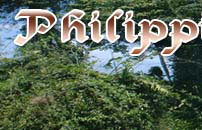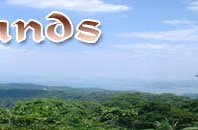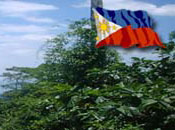Philippines Guide and Reference for Filipino Culture, Society, People, Humanities, Places, Travel & Destinations
|
|||||||
|
|
Islands Philippines - Philippine Travel - Zamboanga Guide and Travel Information |
|  |
ZAMBOANGA TRAVEL INFORMATIONWhere to Stay in Zamboanga | Zamboanga Travel Tips It was in Zamboanga that Christianity gained a foothold in Mindanao. The Archdiocese of Zamboanga covered all of Mindanao, except Sulu where Islam and the Tausug culture proved every bit as dynamic as Spain’s influence. Where to Stay in Zamboanga | Zamboanga Travel Tips Travel Quotes: A good traveler has no fixed plans, and is not intent on arriving. Lao Tzu
Philippines Cuisine History and InfluencesDuring the pre-Hispanic era in the Philippines, the preferred Austronesian methods for food preparation were boiling, steaming and roasting. The ingredients for common dishes were obtained from locally raised livestock. These ranged from kalabaw (water buffaloes), baka (cows), manok (chickens) and baboy (pigs) to various kinds of fish and seafood. More details at Philippines Cuisine History and Influences Southern Philippine CuisineIn Mindanao, the southern part of Palawan island, Sulu and Tawi-Tawi, dishes are richly flavored with the spices common to Southeast Asia: turmeric, coriander, lemon grass, cumin, and chillies — ingredients not commonly used in the rest of Filipino cooking. Being free from Hispanicization, the cuisine of the indigenous Moro and Lumad peoples of Mindanao and the Sulu archipelago has much in common with the rich and spicy Malay cuisines of Malaysia and Brunei, as well as Indonesian and Thai cuisines. More details at Southern Philippine Cuisine |




